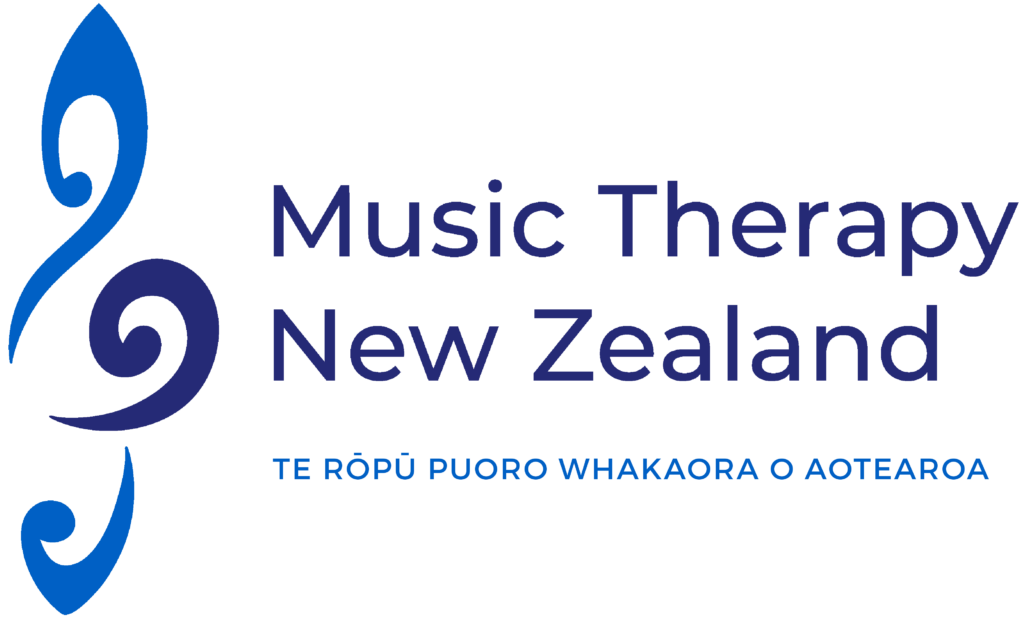Miller, C. (Ed.). (2014). Assessment and outcomes in the arts therapies: A person-centred approach. London, England: Jessica Kingsley Publishers.
Reviewer: Carolyn Ayson
BMus, MMusTher (Hons), NZ RMTh
PhD candidate, Victoria University of Wellington
Private practice, Wellington
Assessment and outcomes in arts therapies is a timely book given the increasing demand for arts therapists to use assessments and demonstrate outcomes in a way that funders, employers, and colleagues understand. Editor Caroline Miller, a psychologist and drama therapist, indicates that the purpose of the book is to make assessment comfortable, practical, and accessible for therapists. She hopes that this will help therapists to view assessment in a fresh way and for it to be incorporated into their regular practice. Personally, as a music therapist always looking to expand and develop my assessment process, and as a PhD researcher interested in understandings of illness/disability in practice, I was eager to read this book.
The overview describes 12 case studies that follow, which have been written by music therapists, drama therapists, art therapists, dance/movement therapists and a speech and language specialist in collaborative multidisciplinary ways or independently. There are two chapters pertaining to music therapy and one chapter regarding Guided Imagery and Music (GIM). A range of easily accessible assessment approaches is outlined. For example, Kessler-10 (K10)and the Patient Health Questionnaire (PHQ-9) do not require specialised training to administer and are freely available. This book honours subjective approaches to capturing client experiences and uses a person-centred approach. There was an emphasis on honouring the clientૻs self-reports and preferences, such as in Chapter three which describes the use of choral singing therapy for a client with Parkinson’s disease.
As a post-structural researcher, I kept thinking about what wasn’t said. I found myself wondering what definition of disability and illness the authors were writing from, as this was not clearly stated. This would have been helpful as different understandings of disability direct different ways of assessing it. Normative medical understandings seemed to predominantly underpin the assessment processes. I note that Mulqueen (Chapter 6) used a feminist framework, which related the personal back to social issues. I was pleased to see in the introduction mention of Hyland Moon’s (2002) thoughts on the dilemma about the language we use to speak about our work and clients. Hyland Moon outlines the need for arts therapists to speak in multiple languages and straddle seemingly contradictory value systems and terminology. To this end, could the book have straddled a broader understanding of disability in relation to assessment?
The work discussed was based in the context of New Zealand. Thus it is highly relevant for arts therapists working in New Zealand as it covers specific environmental challenges facing clients and therapists. For example, the first case study, by Gordon-Flower, describes the therapeutic work with Petra who had developed Post Traumatic Stress Disorder after the Christchurch earthquake.
The arts therapy 5-Pt Star Assessment model, developed by Gordon-Flower, was easy to understand and relate to music therapy practice. It touched on the paradox of using both structure and flexibility in the assessment tool. This balancing act in assessment was also described in Talmage and Molyneux’s chapter about music therapy with an adolescent. Their approach was to allow goals to emerge from the therapeutic relationship rather than being pre-determined by the therapist. I found their rationale in not choosing rigid frameworks helpful, and their argument for flexibility to allow for a more client-centred approach compelling. Additionally, there was a high level of reflective practice. The therapist noted why she changed and adapted her practice throughout. This made me think, whose outcomes are they? Assessment is not just about the ability to note the change in the client, but a way to assess how the therapy and therapist have changed to meet the person.
Chapter 11 exemplified the power of using the arts to access information about a personૻs experience for assessment. I found that creativity, the common dialogue arts therapists all share in, was present and celebrated across the chapters.
The range of approaches covered extended my toolbox, which may help to meet the diversity of the individuals I encounter in my practice. Although I am a music therapist, I found the other arts therapies chapters stimulating and relatable. This book is appropriate for therapists working with children and adults – six chapters are focused on each population.
I am grateful to the clients who were willing for their stories to be shared in this way. As other readers will bring their own therapeutic experiences and philosophical lenses to this book, I am sure there is much more to see and engage with than what I am able to draw out here. On that note, I recommend you go and have a read!
Reference: See full journal.
Download Full Journal


